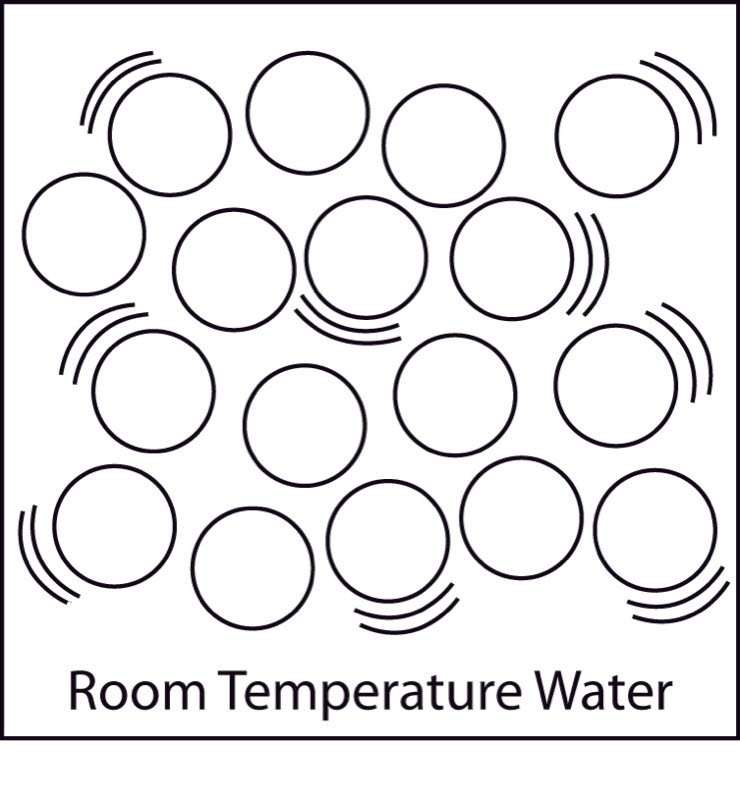
In a surprising intersection of physics and early childhood education, researchers have uncovered an intriguing parallel between preschool classrooms and the natural world. A recent study reveals that the movement patterns of young children in structured classroom environments bear a striking resemblance to the behavior of molecules in water vapor.
This groundbreaking discovery sheds new light on the complex dynamics at play within preschool settings. The research team, comprised of physicists and early childhood experts, observed and analyzed the movements of children during various classroom activities.
Their findings indicate that, much like the molecules in water vapor, preschoolers exhibit a certain level of predictability in their movements within the confined space of a classroom. This pattern differs notably from the more random and chaotic movements typically seen when children are engaged in free play outdoors.
The study's lead researcher, Dr. Emily Chen, explained, "We were fascinated to see how the structured environment of a classroom influences children's movement patterns. It's as if the classroom itself acts as a container, similar to how water vapor molecules are confined within a given space."
This unexpected connection between physics and early childhood behavior opens up new avenues for understanding classroom dynamics and potentially improving educational strategies. By applying principles from thermodynamics, educators might gain fresh insights into optimizing classroom layouts and activity planning.
However, the researchers caution against drawing overly broad conclusions. Dr. Chen noted, "While the similarity is striking, it's important to remember that children are far more complex than molecules. This is just one aspect of their behavior in a specific context."
The study also highlighted the contrast between structured classroom environments and unstructured playtime. When children are allowed to play freely, their movement patterns become less predictable and more diverse, resembling a different state of matter altogether.
As this research continues to develop, it may offer new perspectives on how physical spaces influence child behavior and learning. The unexpected marriage of physics and early childhood education promises to yield fascinating insights in the years to come.